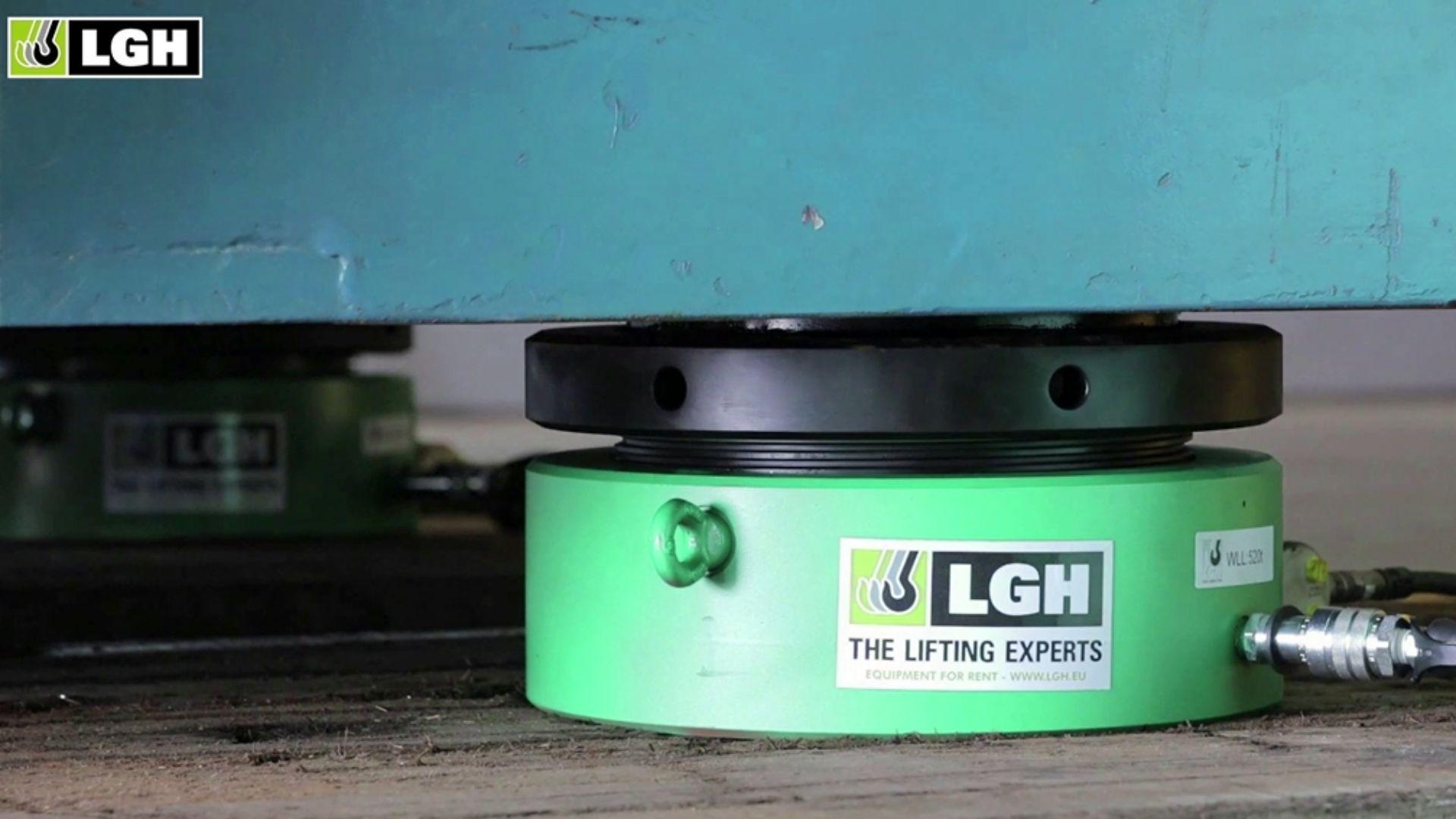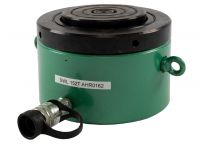Hydraulic cylinders are inherently user-friendly, yet many equipment users lack proper training in their operation, often due to their perceived simplicity. Instead, they are trained on more intricate and complex machinery.
However, it is crucial to recognise that mishandling hydraulic rams can have severe consequences, given the tremendous pressure they withstand when operating at full capacity. Even minor errors in equipment usage can result in substantial damage to the rams surrounding structures, support systems, and even pose risks of injury or fatality to the user. Excessive side loading may result in serious consequences resulting to the failure of the hydraulic ram. Moderate side loading will accelerate the deterioration of the components of the ram, which can ultimately reduce the lifespan. This is a huge factor to take into consideration when using the hydraulic ram as it is one of the most damaging types of failure for the product.
1 - Adequate Support:
One prevalent error is the absence of a suitable underlying structure to withstand the exerted force. In terms of physical properties, every action requires a corresponding and equal reaction. Therefore, if you are lifting a weight of 5 tonnes, there must be a supporting structure capable of handling that load. Insufficient support can lead to operational difficulties and hinder the smooth execution of your tasks.
2 - Side-Loading:
Another frequently encountered mistake is subjecting the ram to side-loading. This typically happens when the load is not adequately aligned and seated on the piston of the ram. It is essential for the load to be perfectly squared and level to avoid side-loading. Without a robust supporting structure capable of withstanding the applied force, the opposing action generated during pushing down or jacking up can cause the supporting structure to become unbalanced or tilted. Consequently, this can lead to detrimental consequences such as side-loading the jack, resulting in damage to the ram, the supporting structure, and posing risks to your personal safety.
3 - Know Your Limits:
When planning a lift or jack operation, it is crucial to ensure that the chosen equipment is well-suited for the task at hand. As a general guideline, it is recommended to select a cylinder with a lifting capacity that exceeds your specific needs by 20%. This additional capacity serves as a buffer and allows for a margin of error. The same principle applies to the stroke length, which refers to the extent to which the piston extends from the cylinder housing. For example, if your system requires an 8-inch lift, it is advisable to opt for a piston with a 10-inch stroke. This approach provides flexibility within the operation and enhances overall stability.
4 - Retract/Detract Properly:
Another common issue arises from a lack of awareness regarding the amount of hoses or where they’re running through and to. In such cases, individuals may inadvertently retract the piston onto the hose that supplies the necessary pressure when they lower or retract a component or vessel. This action effectively cuts off the power supply, resulting in a loss of functionality. To avoid this, it is crucial to have a clear understanding of the hose arrangement and ensure that the piston retraction is conducted without interfering with the hoses carrying the pressure.
5 - Hot’n’Cold:
When onsite, the use of torches or welding equipment in proximity to the hydraulic ram can pose a significant risk. It is crucial to never position hot materials near hoses made of reinforced rubber. This combination can lead to severe damage, not only to the equipment but also to the individuals working in the vicinity. Therefore, it is vital to exercise caution and ensure that hot elements are kept at a safe distance from hydraulic hoses to prevent any potential harm or adverse consequences.
So, now you know the most common mistakes that are often made. Here are a few tips to help avoid them altogether:
- Keep the hydraulic fluid clean when in use. Dirty fluid is one of the top causes of hydraulic ram failure.
- Monitor the pressure level inside the ram. Pressure is created so that the desired work can be completed.
- Be aware of any added stress to the cylinder when in use from side loads. Side loads occur when the cylinder is doing the work that is perpendicular to the direction which the cylinder is moving in, which can be referred to as side loading.
- Check the hydraulic ram seals and fittings for any leaks. Another cause of failure from a hydraulic ram is when the seals and fittings leak fluid.
- Always closely monitor the cylinder to make sure everything is plum and level throughout the movement(s).
- Don’t forget your hydraulic hoses and pumps.
Looking for a Hydraulic Ram for your upcoming project? Your search ends here! Our team of lifting experts are ready to assist you in choosing the perfect ram that suits your needs.







